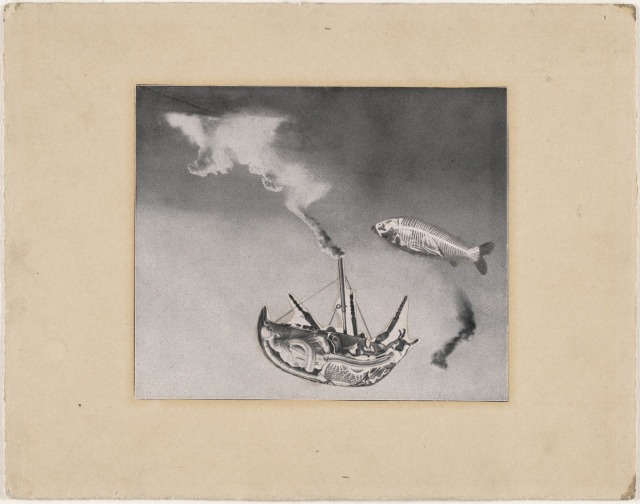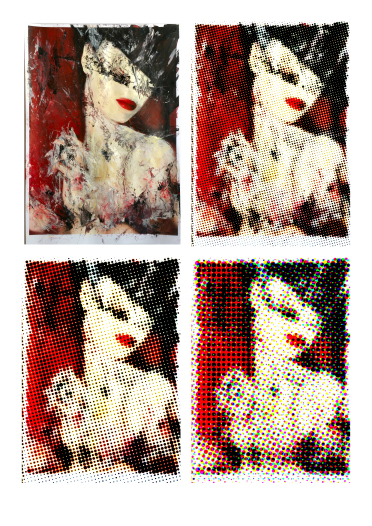Photography:
Over the last few weeks I have been taking photographs a short distance from where I live, in an urban environment. For several years I have been fascinated by two wooden telephone posts (on different streets) which bristle with staples. It is partly the idea of the accumulation over time of past events whose traces have almost disappeared and partly my love of interesting textures.
I also enjoy photographing nature. I managed to catch a crow in flight just after it took off. It then circled around and moved out of shot, leaving me with a picture of trees with the light peeping through. The camera was set to single shot and there wasn’t time to change it to continuous shooting..


I have started experimenting with Google’s Nik filters https://www.google.com/nikcollection/ , which I found out about on YouTube and have watched a number of tutorials. The software is free and can be used within Photoshop and Lightroom as well stand-alone (which I haven’t tried). For the picture of the crow I also used the filters on Instagram to increase the dramatic effect.
Dada
I am researching Dada as background for my 2,000 word essay, starting with a book by Hans Richter who had personal involvement with that art movement. Dada: art and anti-art is a totally gripping account of the events, personalities, ideas and methods.
Dada was not an artistic movement in the accepted sense; it was a storm that broke over the world of art as the war did over the nations. It came without warning, out of a heavy, brooding sky, and left behind it a new day in which the stored-up energies released by Dada were evidenced in new forms, new materials, new ideas, new directions …
Richter, H. (1997). Dada. Art and anti-art. London: Thames & Hudson Ltd.
I have chosen to explore the collages of Max Ernst, who was associated with Dada and later with Surrealism. The artwork I have been focusing on is a collage Here Everything is Still Floating created in 1920.

Max Ernst Here Everything Is Still Floating (Hier ist noch alles in der Schwebe) 1920
Ernst used pre-existing printed material which he combined to create an alternate dreamlike reality. Relating this to my work, it connects to one type of collage I make, in which I juxtapose unrelated images from magazines to create hybrid forms, strange worlds or the absurd.
The original collage for the above work was 10.5 x 12.4 cm (without the mount). It was photographed and reproduced at a larger size, which overcame the limited size of the source material (an issue I also face with using images from magazines).














